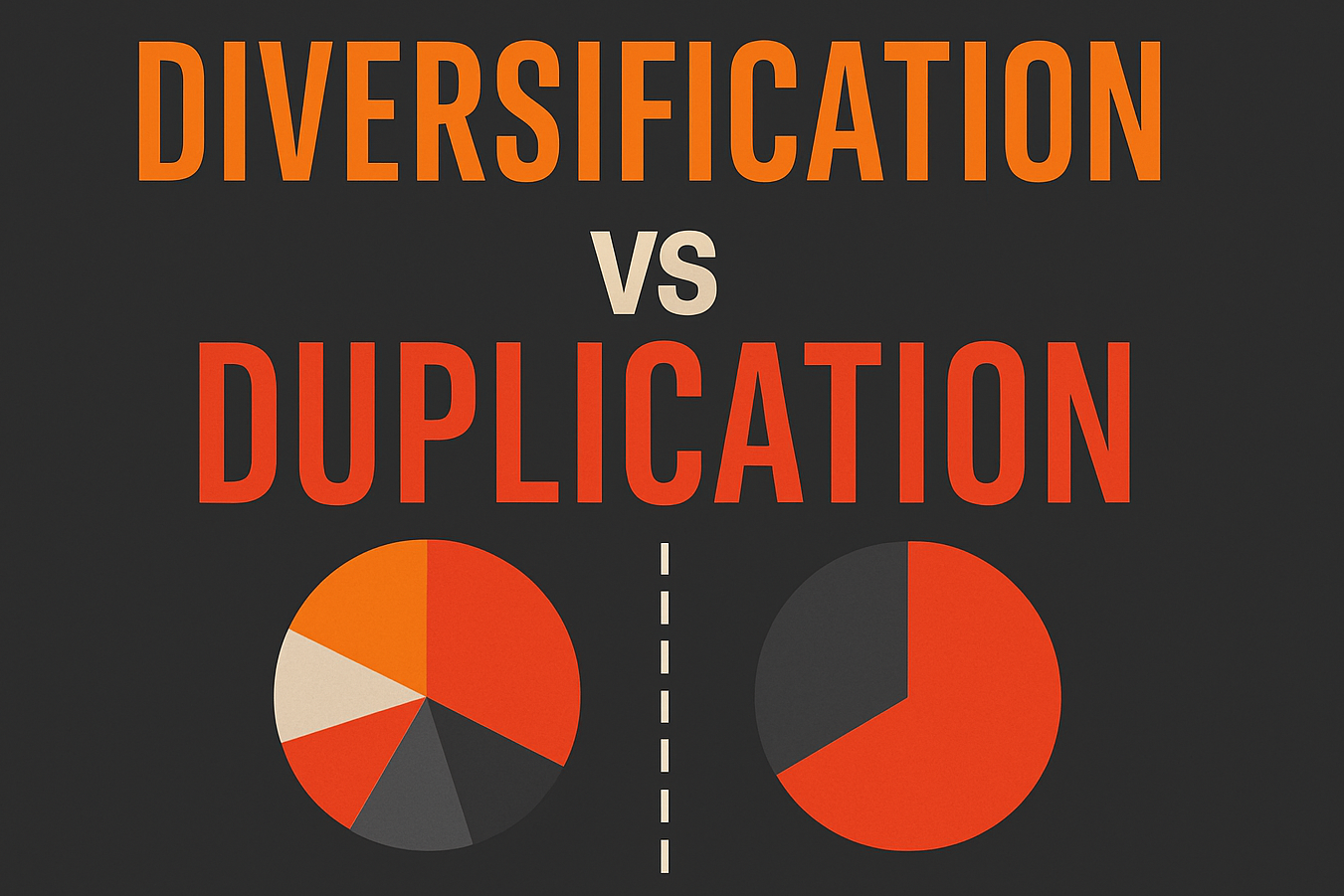Cash vs Bonds
With yield rises across much of the world this year it has left many bond investors in negative territory (yield rises = bond price falls). This may lead some to question whether bonds – when used as a defensive asset – warrant a place in an investment portfolio. For those investors that can’t for one reason or another allocate 100% to growth assets, one could reasonably use cash as a defensive asset. Cash is, after all, effectively a bond with zero duration. An allocation to cash should curtail falls in value of the growth assets, and provide modest income over time.
Long term investors, however, have the luxury of giving expected outcomes a greater chance to prevail, and outweigh the impact of shorter-term unexpected outcomes (i.e. short term market movements). Short term, high quality fixed income can therefore act as a superior defensive asset compared to cash.
As rational, risk averse investors, lending one’s capital for longer and to less creditworthy issuers should demand a return premium. By doing this to a modest extent, one can still benefit from the defensive qualities cash offers – very high probability of receiving back one’s principal, and with relatively low volatility – by lending to high quality governments and corporations for shorter terms. Say, up to five years. Perhaps riskier than cash in the short term, but with higher expected outcomes in over the longer term.
Few succeed at timing yield movements, and attempting to do so is best avoided. Therefore, as investors with long horizons we aim to structure portfolios with sensible, consistent risk exposures. The bullets below summarise why it could be reasonable for long term investors to hold bonds vs holding cash:
- The 3–5-year space (i.e. taking on slightly more duration risk than cash) is traditionally a relatively steep area of the yield curve. For bond funds with fixed, short maturity mandates this enables investors to benefit from roll yield in this section of the yield curve.
- Yield curve movements happen at random as the market adjusts its view on the back of the release of new information. Attempting to forecast, and time yield curve movements is a difficult task.
- Cash is essentially a zero-duration bond. The incremental expected risk premiums that come with lending to different investment grade issuers for up to around five years are positive. Long term investors enjoy a greater chance to experience the positive term and credit premiums associated as the shorter-term market noise gets dominated by expected outcomes.
A fall in portfolio value is never easy to stomach. For investors in bond funds that have experienced falls year to date, the slight comfort one can take is that the bonds are now enjoying a higher yield going forward. One thing we can expect, however, is movements in yields going forward resulting in further price movements. Guessing the direction of the movement (and being able to profit from the knowledge), however, is another matter. Ladies and gentlemen, please place your bets…
Related Blogs
Get in touch
Don't hesitate to get in touch - we would be delighted to receive your call or email. For enquiries about our service, please use the contact form and one of the team will respond in due course.












